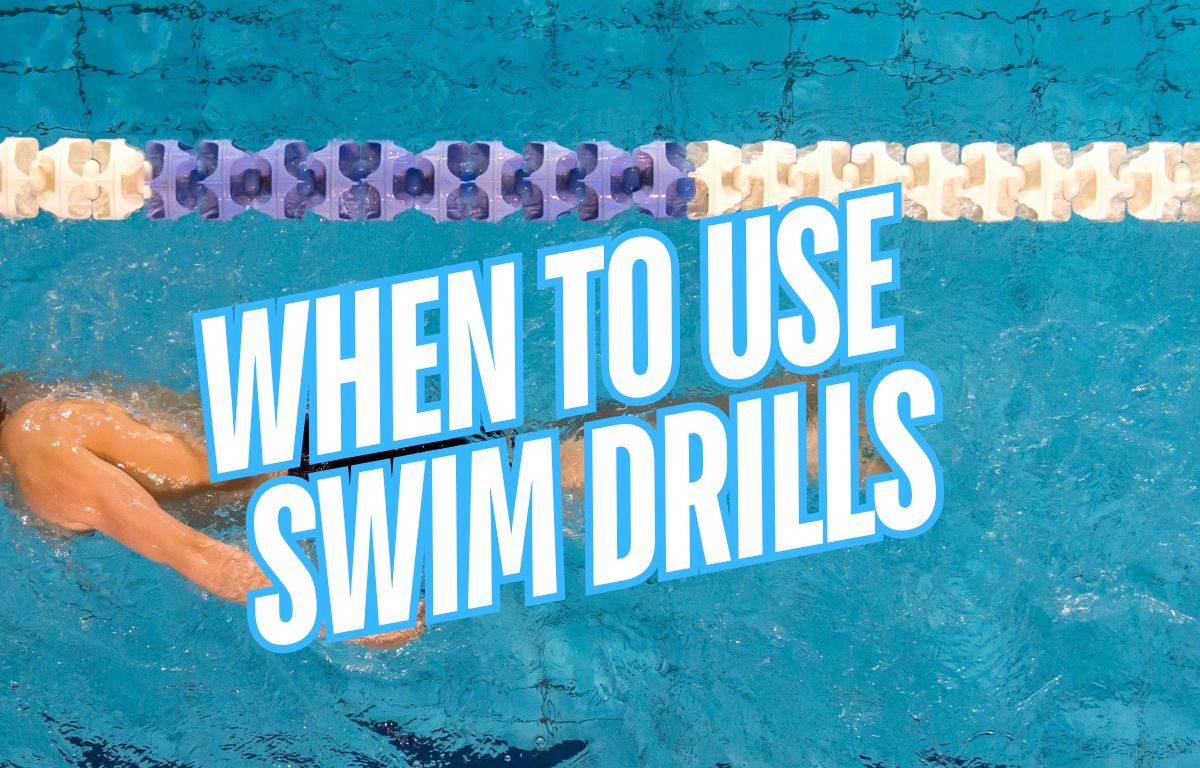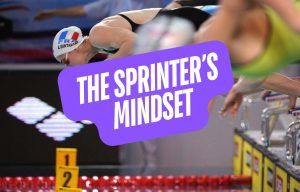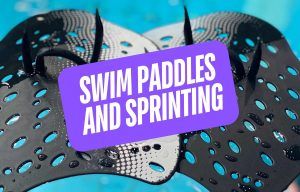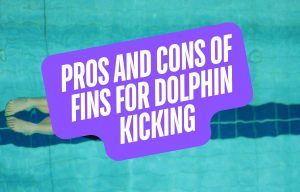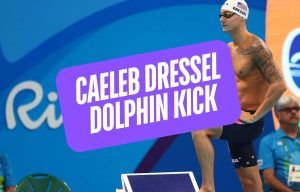Wondering when to use swim drills to accelerate technique improvement? Here are some handy guidelines and more advanced strategies to deploy drills for faster swimming.
Swim drills are a key part of improving technique in the water.
Whether you are trying to build a stronger catch, raise your hips in the water, maintain a more neutral head position, or master the timing between the kick and arm stroke, drills can help you improve.
While using drills to improve a specific aspect of technique is (hopefully) obvious, what’s not so obvious is the best time and way to use swim drills to maximize improvement.
The timing of drill use is almost as important as the drill itself.
In this guide, we’ll cover some handy rules-of-thumb for when to use drills to maximize technique improvement and offer a more advanced strategy for drill timing that will really help swimmers master technique.
Let’s dive in.
When is the best time to do swim drills?
The best time to do swim drills depends on what you are trying to accomplish with the drill.
To learn a new skill, swimmers should do drills when they are fresh. If you are trying to learn how to do a high elbow pull, or eliminate a thumbs-first, you will need all of your concentration and focus energy.
Right after the general warm-up, for example. This allows you to really focus and learn the movement they are trying to grasp without worrying about pace, intensity, or fatigue. For learning, go slow and be methodical.
To master a new skill and make improved technique habitual, swimmers should do drills when they are under various levels of stress.
A more dynamic approach to drills challenges swimmers to build excellent technical habits, even when tired, or in the midst of a hard main set, or at the end of a long session in the water when your arms feel like they’ve put on thirty pounds of accumulated fatigue.
Targeted drill use under fatigue helps make efficient technique second-nature.
The Best Way to Time Your Drills in Practice
One way to learn and master swim drills is to sprinkle specific drill work during all phases of the workout.
This allows swimmers to soak up the benefits of better technique, reinforce more efficient stroke patterns, and swim better under dynamic conditions.
After all, doing drill when fully rested and focused is relatively easy cognitively.
But maintaining that perfect segment of your technique under duress increases the difficulty and more importantly, makes better technique more automatic when tired (e.g. like at the end of a race).
For example, you can use swim drills:
- After the general warm-up, when swimmers are fresh
- Between rounds of the main set, as focused, active recovery
- During the warm-down, when swimmers have accumulated fatigue
Drills used throughout the workout are awesome for helping swimmers “reset” their technique and also accelerates skill acquisition when we attack it from different angles of fatigue.
Combine Drill Timing and Intensity for Even Better Technique
You can take this strategy even further by implementing specific drills at different times and under different intensities.
For example, here’s a recent swim workout that I did that focused on the use of Long Dog Drill, one of the best all-around freestyle drills, which I am specifically using for a stronger catch:
WARM-UP
600 swim/kick by 100
16×25 freestyle
- ODDS: Long Dog Drill build to fast
- EVENS: Smooth, DPS swim
6×25 freestyle with a medium drag chute
- ODDS: Long Dog drill – focus on a strong catch
- EVENS: Swim fast
MAIN SET
5×100 freestyle swim at threshold pace – 1:30
10×25 Long Dog Drill smooth – on 45s
4×100 freestyle swim at threshold pace – 1:25
8×25 Long Dog Drill smooth – on 45s
3×100 freestyle swim at threshold pace – 1:20
6×25 Long Dog Drill smooth – on 45s
2×100 freestyle swim at threshold pace – 1:15
4×25 Long Dog Drill smooth – on 45s
1×100 freestyle swim at < threshold pace – 1:10
2×25 Long Dog Drill smooth – on 45s
WARM-DOWN
10×50 freestyle as 25 Long Dog Drill, 25 backstroke swim easy – 20s rest per rep
The swim workout uses Long Dog drill at every phase of the session, including:
- As part of a dynamic activation during the warm-up. With increased intensity, and a focus on the catch, that part of my stroke was really “getting it” in anticipation of the main set.
- During the main set as a “reset and recovery” tool to reinforce good technique, even under fatigue.
- And during the warm-down, again resetting the technique and compiling even more yardage with increased focus on a strong catch.
The Final Lap
Swim drills are one of my favorite ways to spend time in the water.
The heightened focus, the attention to detail, and the focus on more efficient and effective swimming is satisfying.
And while some swimmers tend to go through the motions when doing drills, by timing them more optimally, in the warm-down, main set, and in the warm-down, you can help make the most of them.
By timing drill use smartly, you can achieve better efficiency and faster swimming in the pool.
Happy swimming!
More Drill Guides and Articles
7 Tips for More Effective Swimming Drills. Take your swim drills to another level with these proven tips. Next stop: better technique and faster swimming.
8 Drills and Sets for Faster Turns. Looking to improve your turns in the pool? Here are some sets, drills, and tips for faster turns and swimming.

